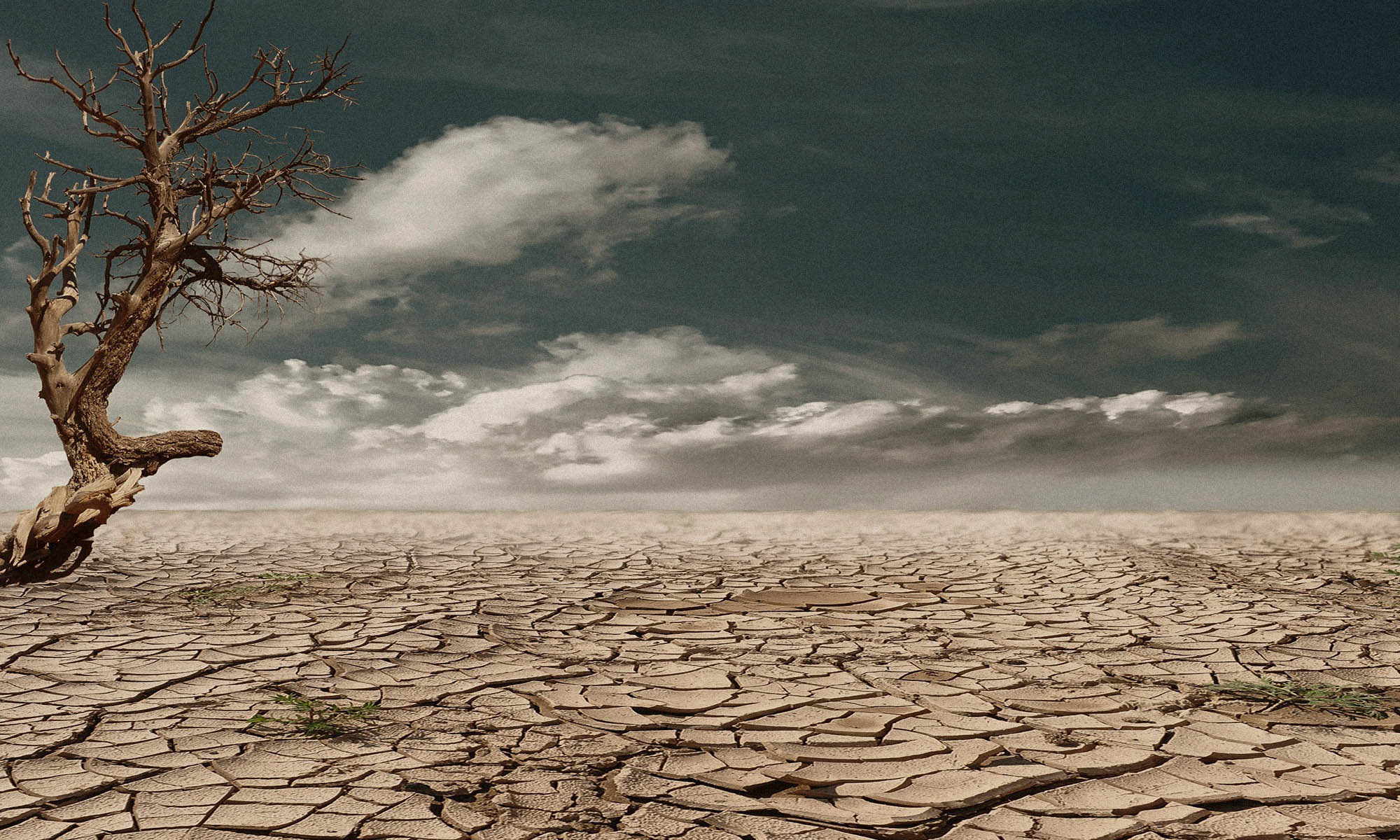I told you how I called a friend of mine asking him to get me a piece of farm land for lease, and how, together with my business partner, we went, saw, liked, agreed and paid. About a week later we went back to plant. I know it sounds easy and painless, but far from it.
Our first mistake was to trust someone to get us ‘the perfect piece of land at the best lease price”. I will only tell you this; window shopping is good, even for a piece of land that you only intend to lease. You might spend a little more time making comparisons but it might save you a lot of money. For our case, as soon as we were done signing agreement and on our way to have a bite, another person approached us. He had a 35 acre piece, good location, tilled (though not with a chisel plough), and in fact not very far from the one we’d just paid for. He wanted Kes.4,000 per acre. Remember we had already paid Kes.4,500 per acre for the 32 acres. A few other people also called us with offers of Kes. 4,000 per acre but had slightly smaller farms. Now let’s do the math:-
- 4,500 by 32 = 144,000
- 4,000 by 35 = 140,000 .. we had lost 16,000 if you do a proper comparison.
So I will tell you to start early search and research if you intend to invest in farming. Research on availability of land and costs well. Location is very important. Get land that the owner stays close so as to have constant updates on progress of your crops. It is a vital security measure.
By all means sign a legal agreement with the leaser. Do not work on “good faith”. Two years ago a friend of mine, and worse a local of Narok leased land only to come during planting season and find someone else planting. This second person was not a local but he had agreement papers. My friend did not. It is also important to talk to people around and seek knowledge. Know your landlord a little, from other people, and ask about the land. There is so much to learn.
Our second visit was about planting, and it didn’t lack blunders. On arrival, we found a planter and harrow waiting. The planter guys wanted Kes.1300 and the harrow wanted Kes. 1500 per acre. My knowledge on costs of planter and harrow were Kes. 1100 and Kes. 1200 respectively. Now here we were, with much lower fuel prices at the time compared to the previous season, and guys wanted a lot more. We tried to bargain but the guys refused. Then I remembered that I used to have a friend who had all these machinery, and after calling him learned that in fact the harrow right in front of me was his. He told me the current price for harrowing was Kes.1250. The guys demanding more were just brokers trying to make a kill from “unknowing Nairobi based farming wannabes”. Well, their plan had failed. We ended up paying Kes.1250 for harrow but since my old friend’s planter was for wheat only, we did not have an alternative. We parted with the Kes. 1300 for planting. Again the lesson here is to know people, many people. Know the owners of the machinery and avoid as much as possible dealing with the brokers operating them. It will save you a fortune.
Remember also to do a good research on the seed type that grows best in the area you are farming. And by all means get the seeds early when prices are still low. You know how this things work; higher demand leads to price inflation. If we had bought seeds a week earlier we’d have saved Kes.600 on every bag. That’d be a cool Kes.6,000 on the 10bags. (So far we’d have saved 6000+16000=22,000)
The delay on the second day of planting was caused by a fault on one of the “arm(for lack of a better word)” of the planter. It needed welding. Our mistake however was that we had paid the planter guys all the money the previous evening, even though they had only done half the work. Well, we only did so because the owner called and requested that we give the driver all the money and promised they’ll be on the farm by 7am to finish up our job. It didn’t happen, as you know. But it is wise to only pay for a job done. At one time I stayed in Narok for 3days planting wheat on just 14acres after paying the guys before hand, only to get an old tractor that kept breaking down every half an hour. That however is a story for another day.
Now we are waiting for crop germination. I will share with you the photos of the crop at different stages when we visited, the joys and disappointments. There is also the interesting story of weeds and pests and what we used to try and control them, all in the next article; “Beans Farming in Narok; Germination, Weeds and Pest Control”.











